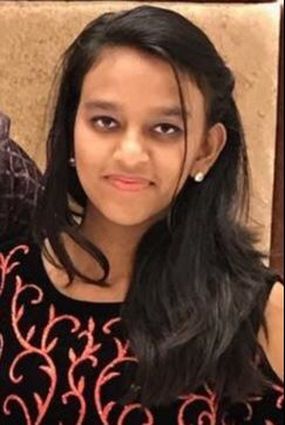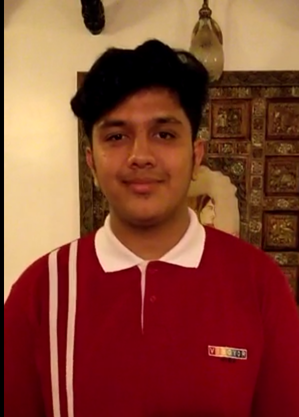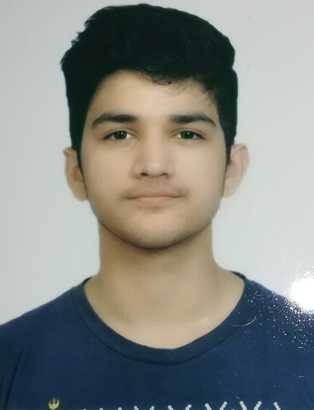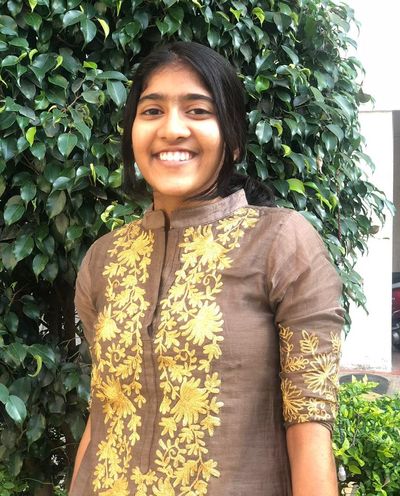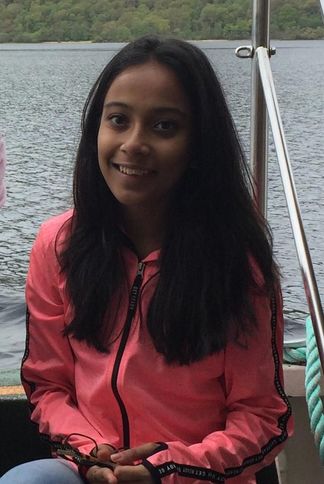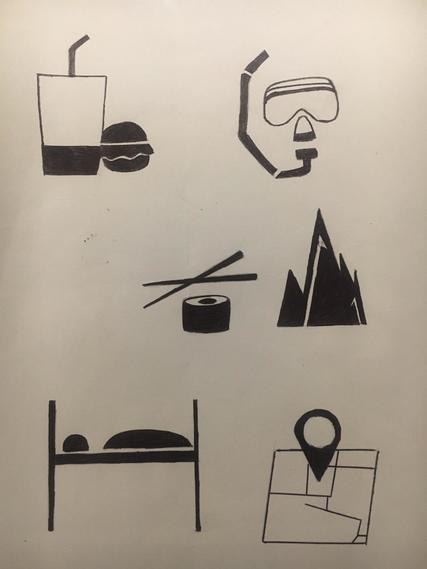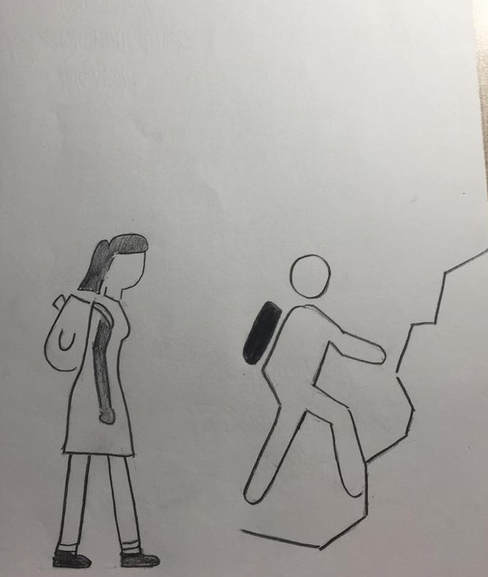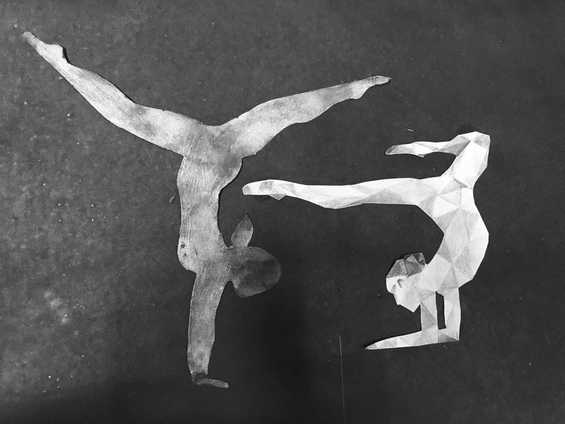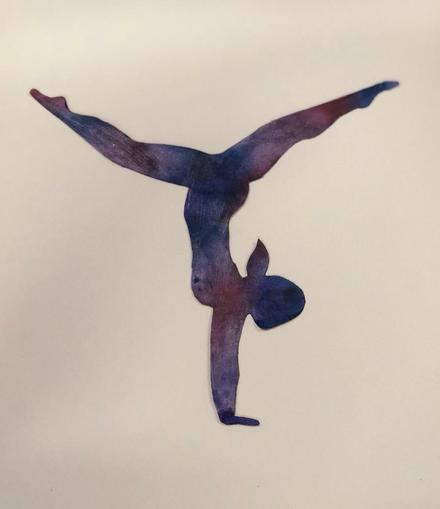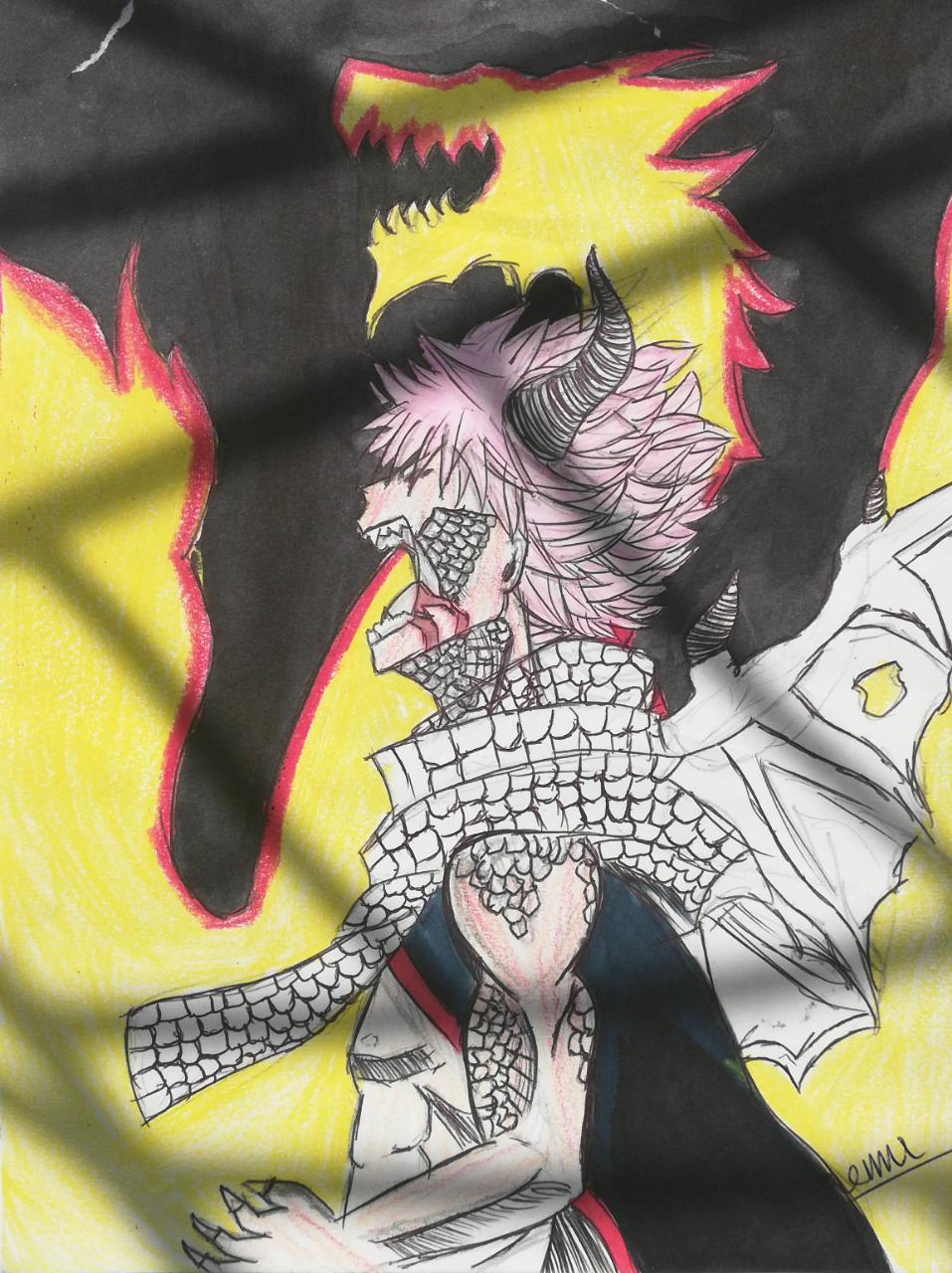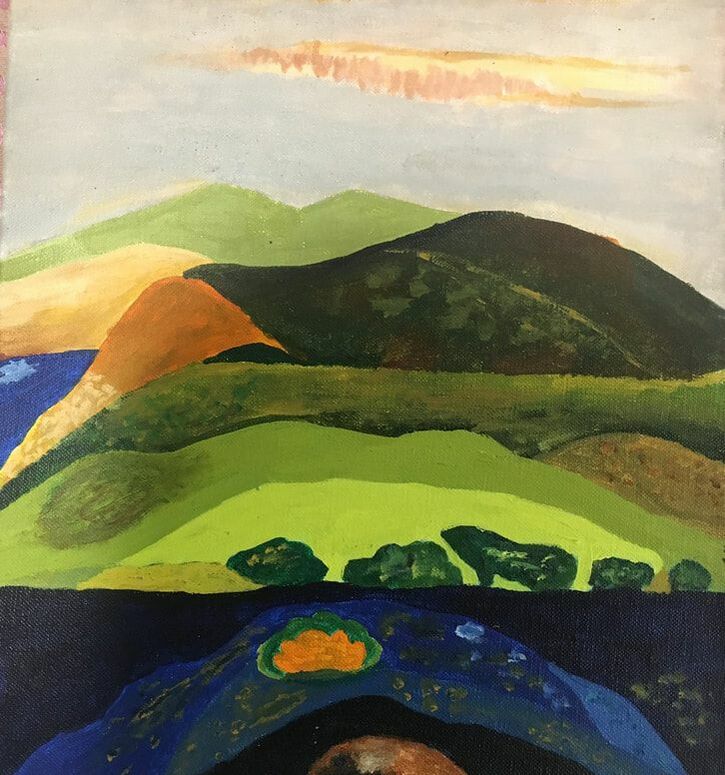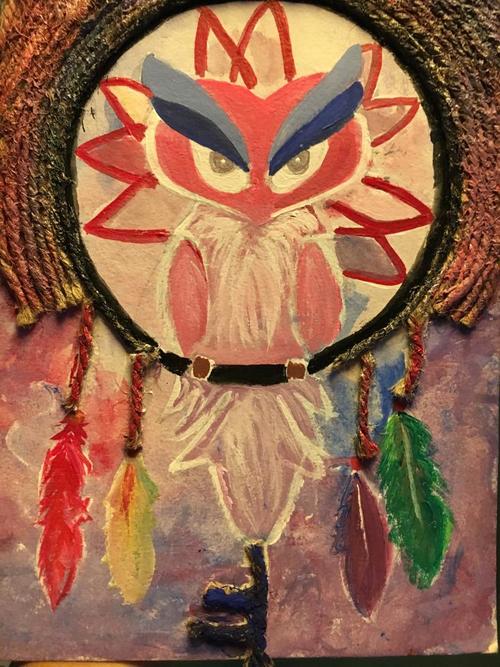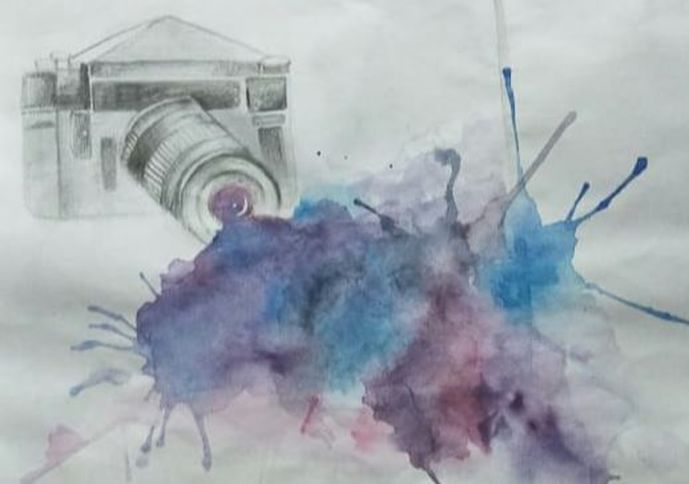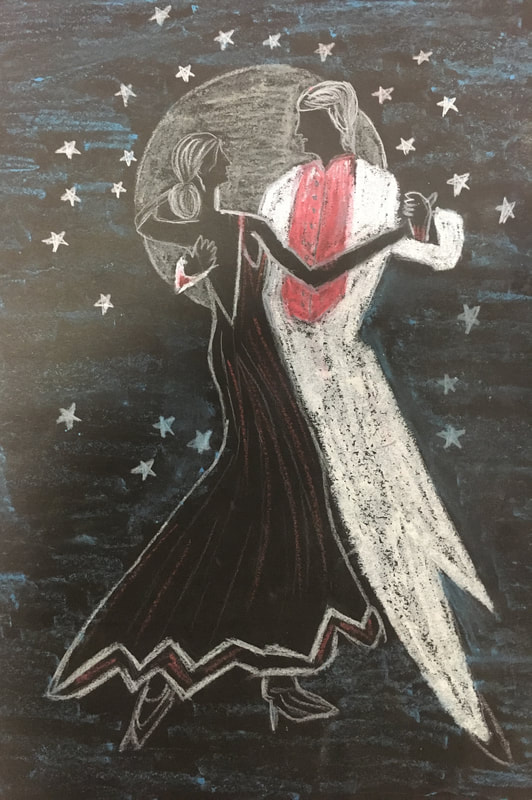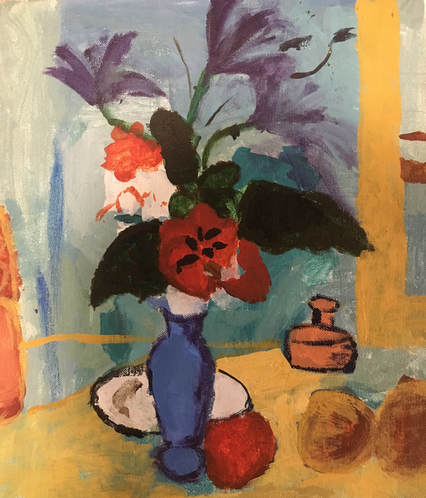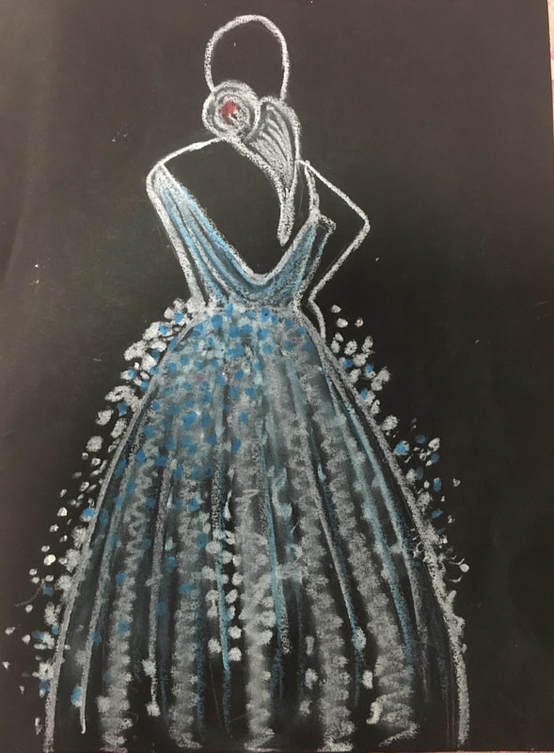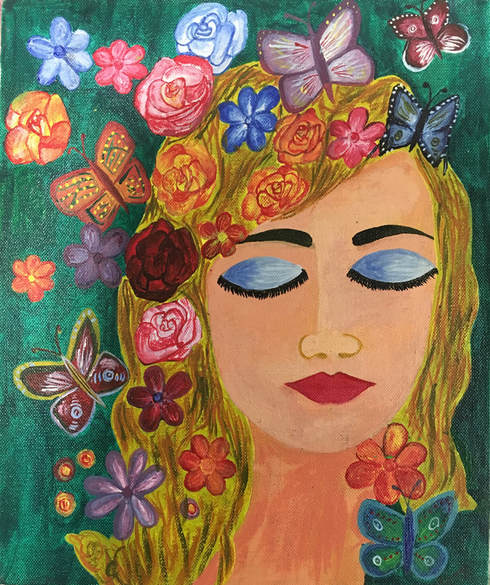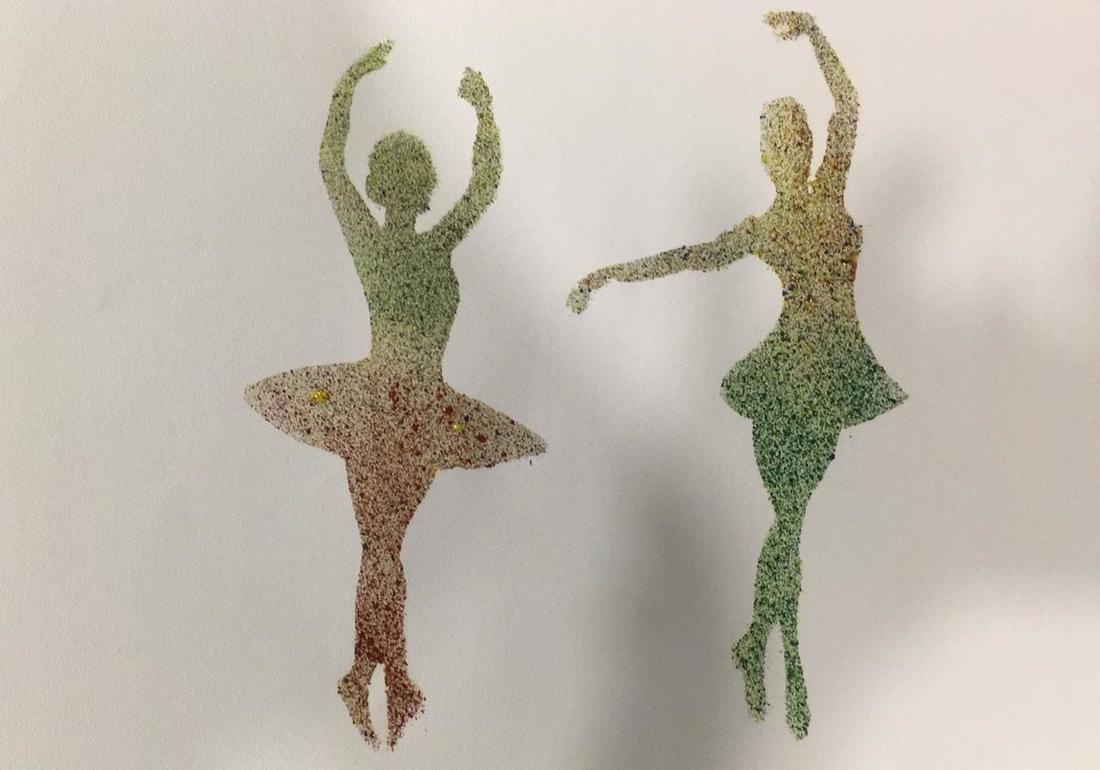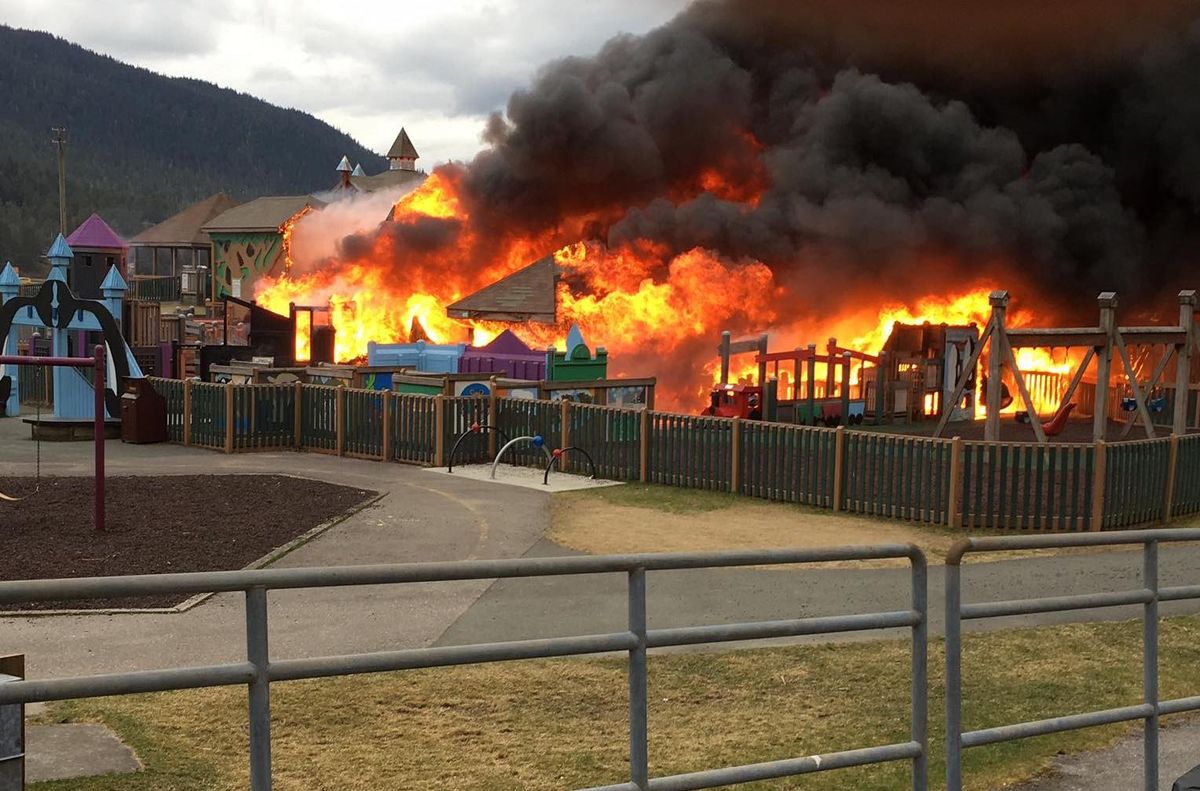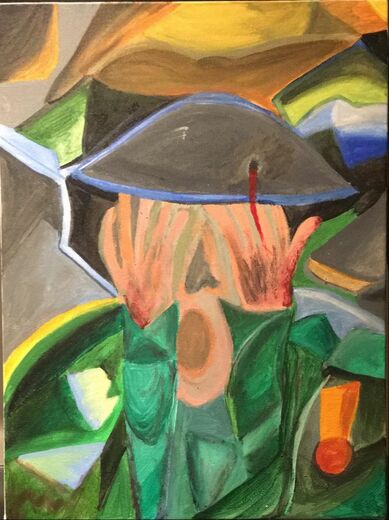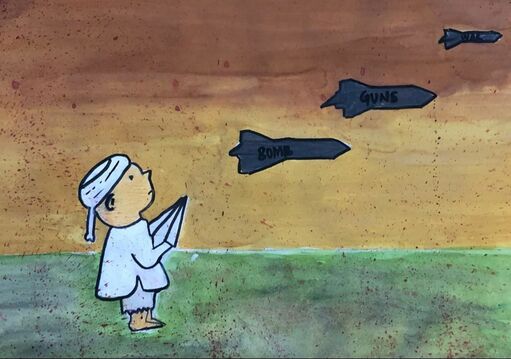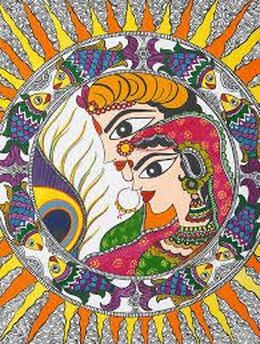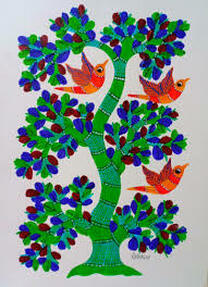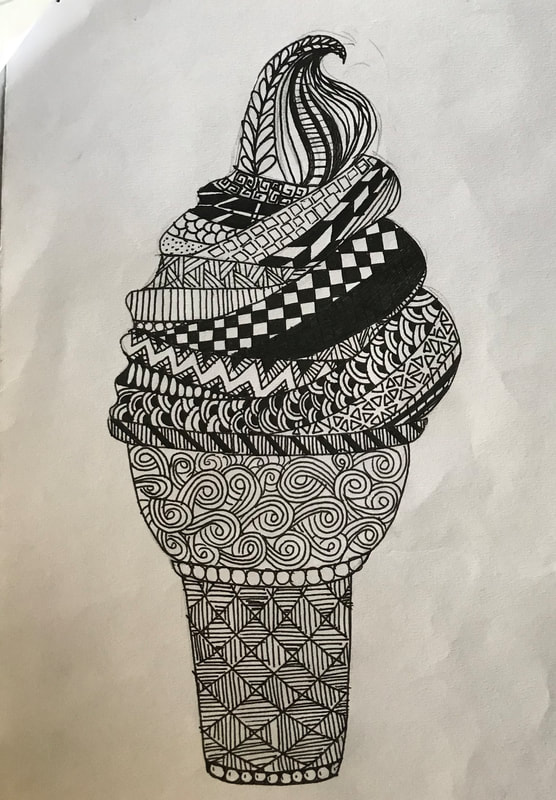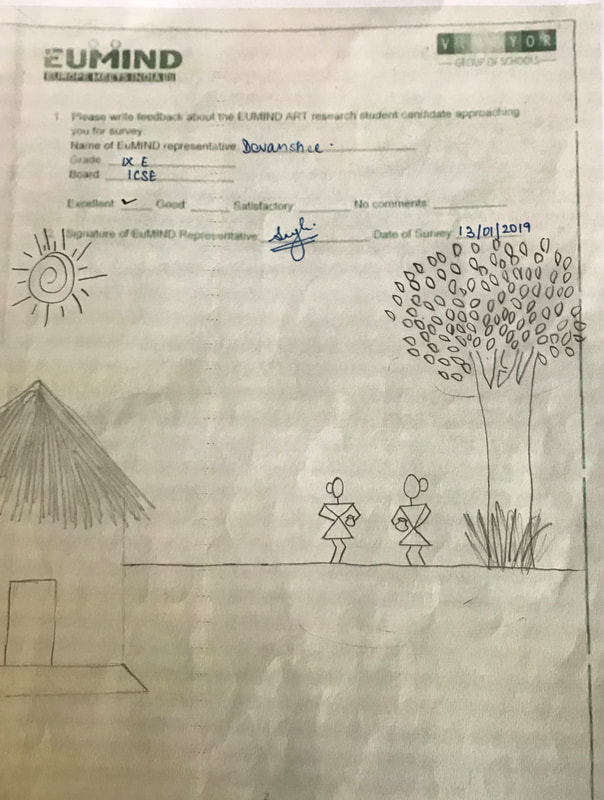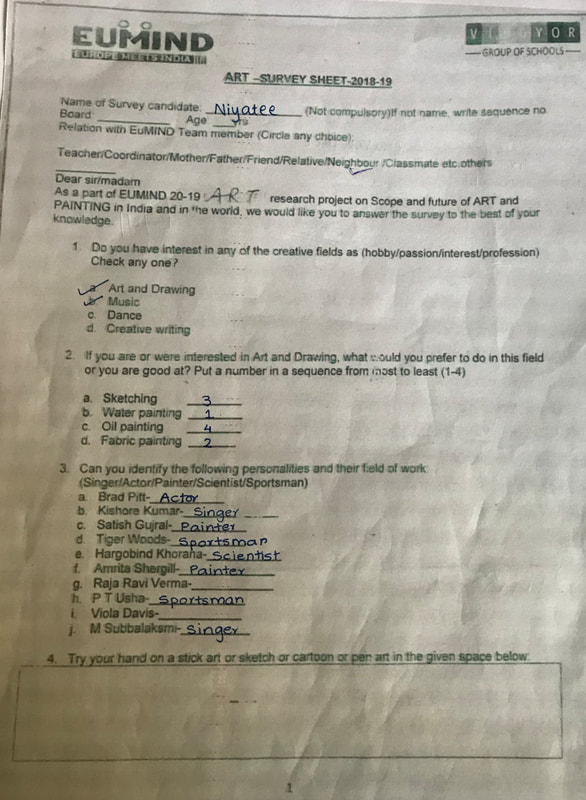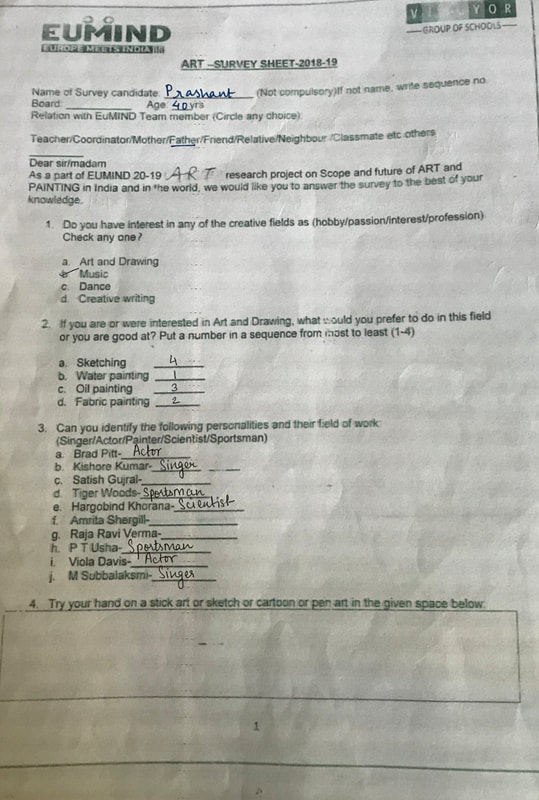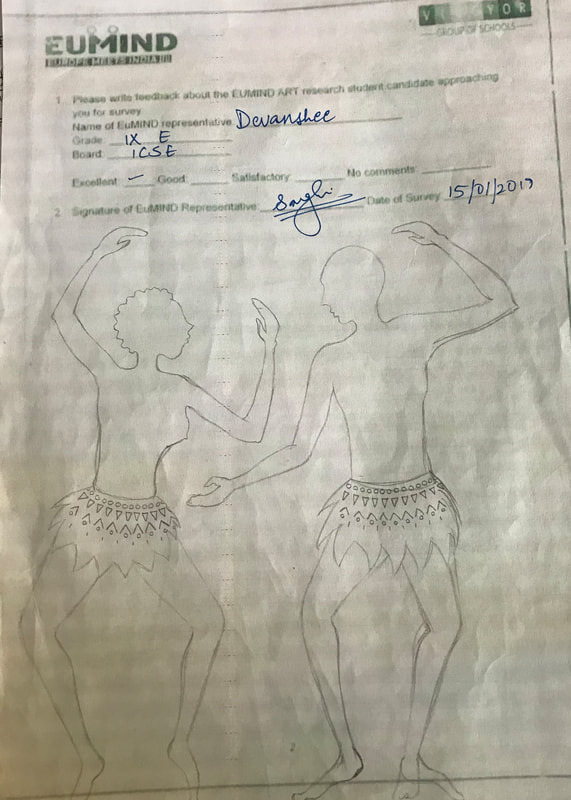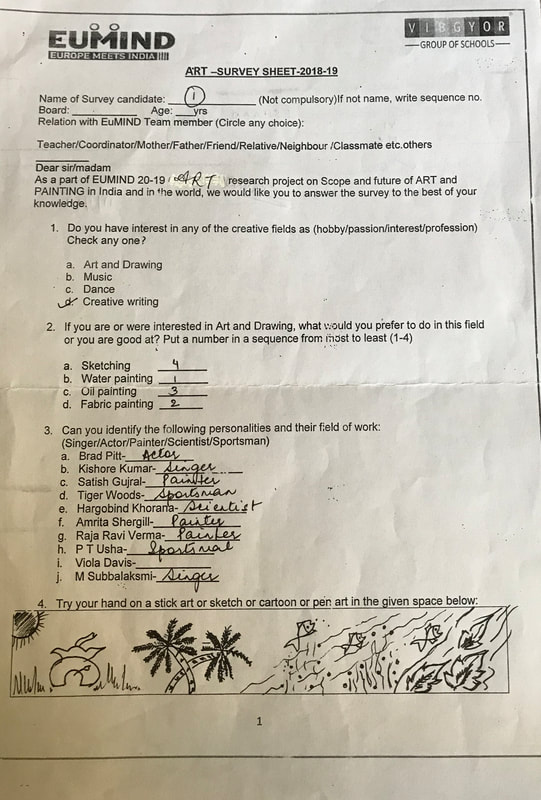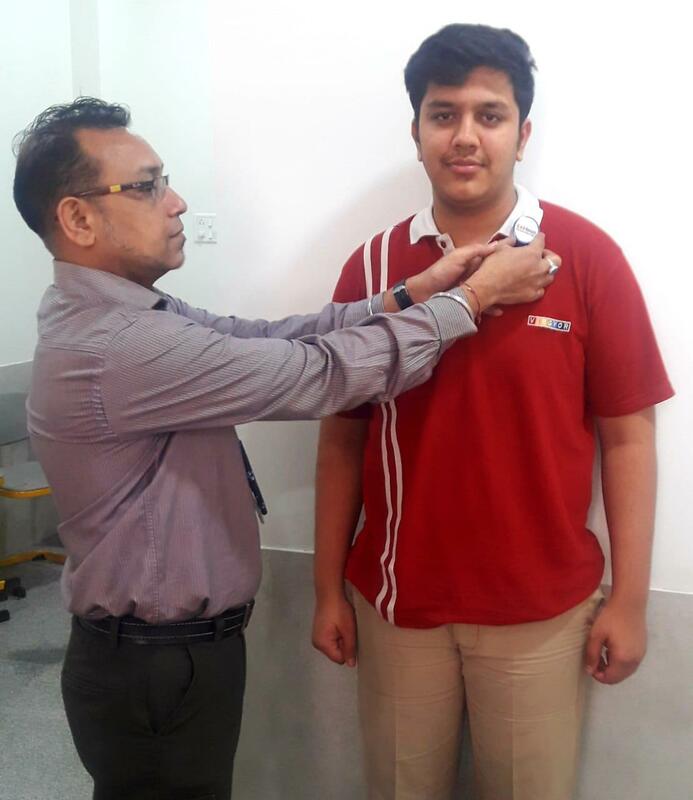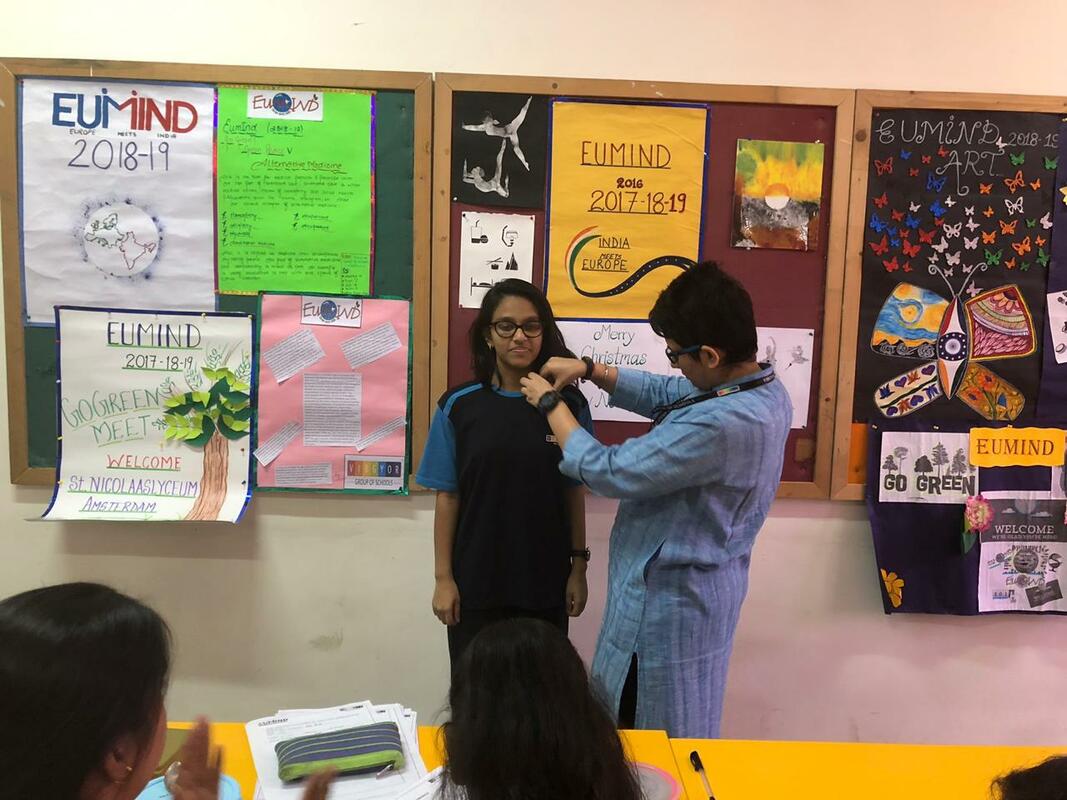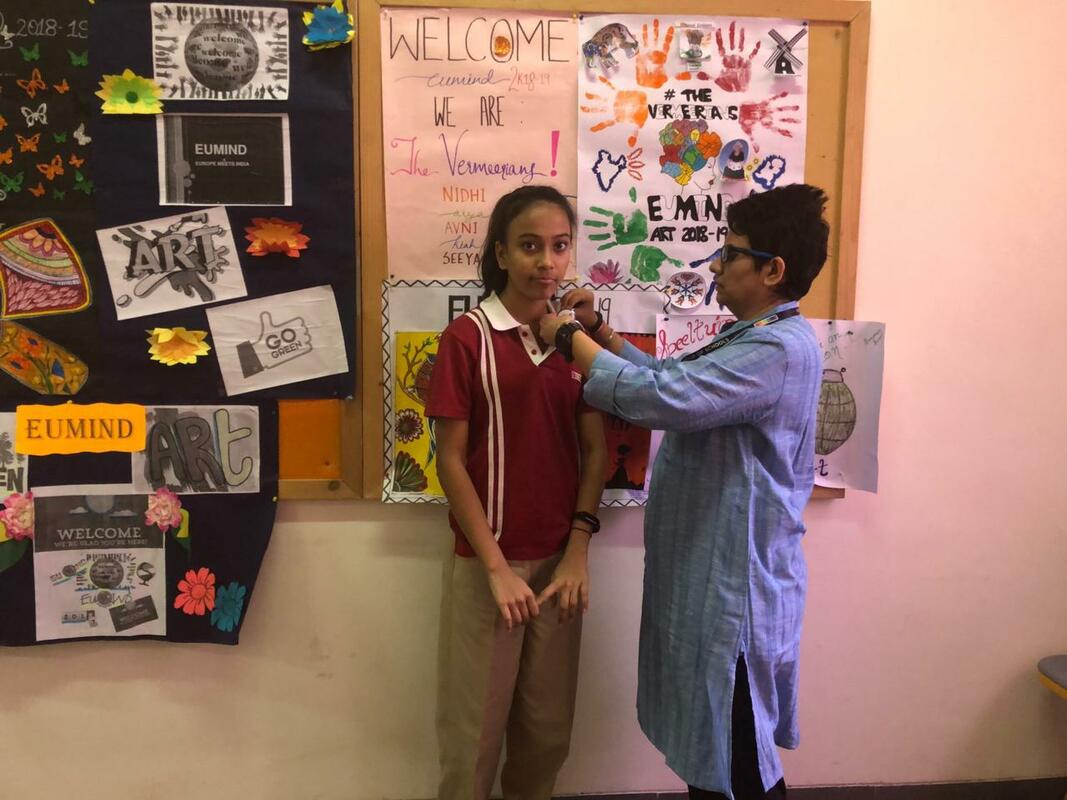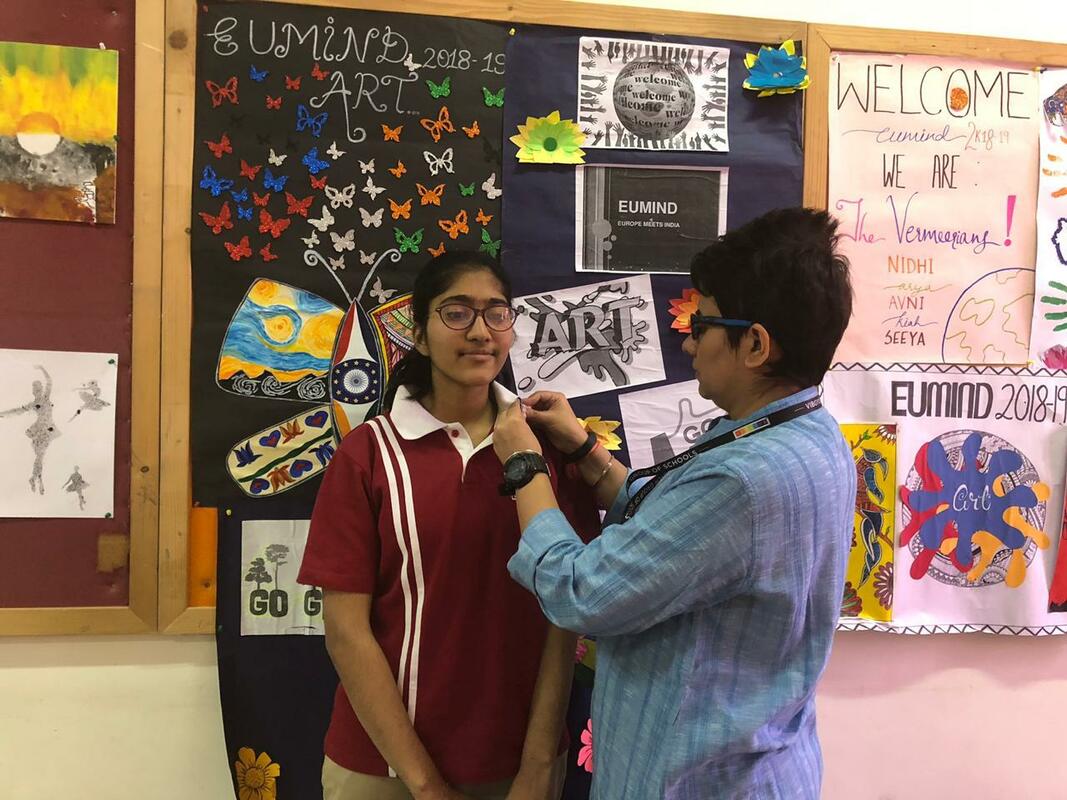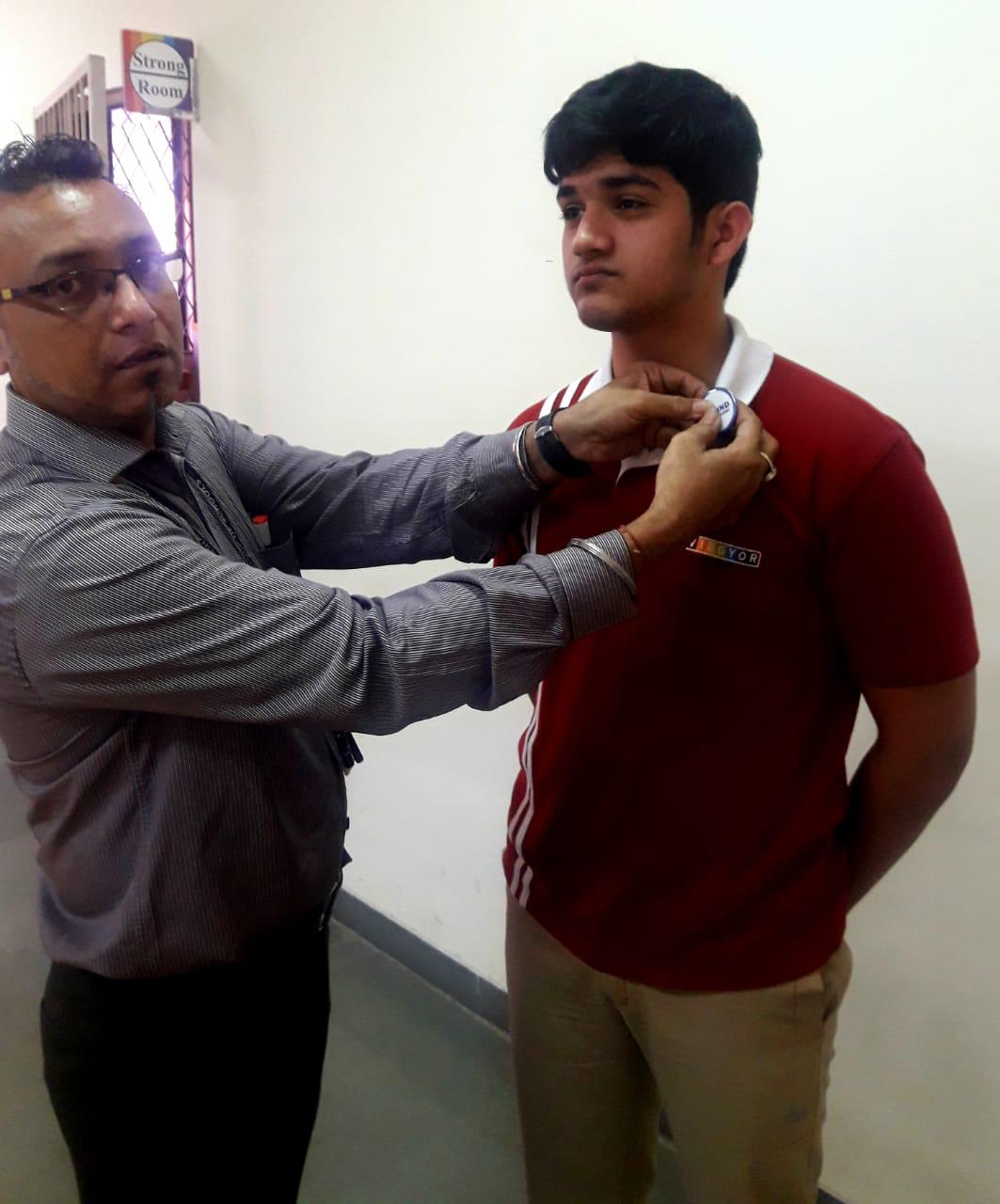'Speeltuin' by Marco Borsato.
We chose this song because it speaks about the modern world where a lot of countries are going through unrest and many children are also affected because of this. Many children fall into mental trauma where as the other children are just killed in the wars, where most of them aren't even sure of what's happening.
|
Door kapotgeschoten straten Zonder vader, zonder land Loop je hulpeloos verlaten Aan je moeders warme hand Als een schaap tussen de wolven Naar bestemming onbekend En niemand ziet hoe klein je bent Niemand ziet hoe klein je bent morgen zal het vrede zijn zal de zon je strelen zal de wereld weer een speeltuin zijn En kun je rustig spelen Na de winter wordt het lente Wordt de grijze lucht weer blauw Ook al ben je uit de oorlog Gaat de oorlog ooit uit jou? Mooie ogen zijn vergiftigd Zijn aan het geweld g ewend Niemand ziet hoe klein je bent |
Through shot streets Without a father, without land (could be translated like : without a country) You walk desperately lonely Holding your mother's warm hand Like a sheep surrounded by wolfs The destiny unknown And no one sees how small you are No one sees how small you are Tomorrow there will be peace The sun will hit your face The world will be a play ground And you can play After winter comes spring The gray sky turns blue again Even if you're out of the war Will the war ever be out of you? Beautiful eyes are poisoned Are used to violence And no one sees how small you are |
|
CLICK HERE FOR FULL VIDEO OF THE SONG
|
OUR PAINTINGS ON SPEELTUIN
|
THIS PAINTING IS OF A SMALL BOY WHO HAS BEEN MADE WEAR A KEVLAR [THE MILITARY HELMET] AND AN ARMY SUIT. THE BOY IS STUCK IN MIDDLE OF A WAR AND HAS BEEN SHOT RIGHT ON HIS HEAD. HE IS SCARED AND THUS HOLDS HIS HEAD ONTO HIS HANDS. THIS PAINTING IS AN ABSTRACT.
I NAMED MY PAINTING "HORRORS OF WAR". ~Prashansa |
THIS PAINTING DEPICTS HOW WAR HAS INFLEUNCED A CHILD.EVEN WHEN HE STANDS ON THE PLAYGROUND AND FLIES A PAPER PLANE HE IMAGINES THAT IT FLIES IN THE FORM OF A MISSILE THAT IS GOING TO DESTROY THE WORLD.EVENTHOUGH THE WAR HAS FINISHED, IT STILL LINGERS IN A CHILD'S MIND.ALSO IT DEPICTS THAT WHEN HE TRIES TO FLY THE PLANE HE SEE'S THAT THE SKY IS FILLED WITH NEGATIVITY
~Devanshee |
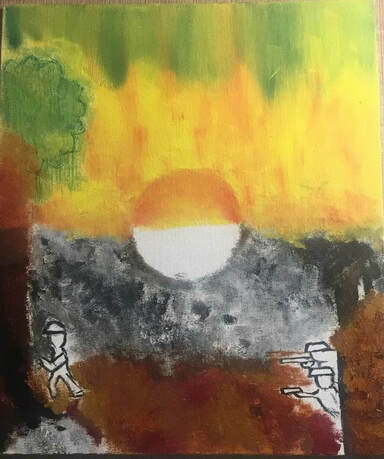
THROUGH THE DARKNESS COMES LIGHT..... - REA CORREA.
BRAIN TEASERS
Art has always been an important part of people's lives, be it "The Renaissance" or "The Modern Age"!
Lets’ take a quiz and test your artistic quotient!
LET'S GO...!!!
Lets’ take a quiz and test your artistic quotient!
LET'S GO...!!!
Ancient Indian folk painting and art styles have been passed down from generation to generation, and are still practised in different parts of our country.
Here are some interesting facts about Indian Art!
- 1. Madhubani :
Also called Mithila art, it originated in the kingdom of Janak (Sita’s father in Ramayana- the Indian Mythological Epic) in Nepal and in present-day Bihar (a state in India). It is one of the most popular Indian folk arts, practiced mostly by women who wanted to be one with God. Characterised by geometric patterns, this art form wasn’t known to the outside world until the British discovered it after an earthquake in 1930’s revealed broken houses with Madhubani paintings. It mirrored the work of Picasso and Miro.
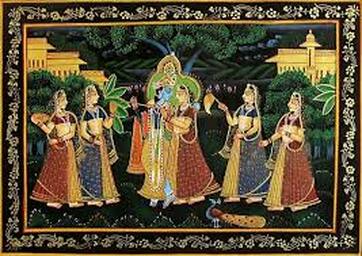
- 2. Miniature Paintings:
These paintings are characterised by its miniature size but intricate details and acute expressions. Originating in the Mughal era, around 16th century, Miniature paintings are influenced by Persian styles, and flourished under Shah Jahan and Akbar’s rule. Later, it was adopted by Rajputs, and is now popularly practiced in Rajasthan. As with other art forms, the paintings depict religious symbols and epics. These paintings stand out as humans are portrayed with large eyes, a pointed nose and a slim waist, and men are always seen with a turban.
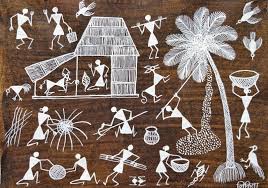
- 3. Warli
- Originated by the Warli tribes from the Western Ghat of India, in 2500 BC, this is easily one of the oldest art forms of India. It is mainly the use of circles, triangles and squares to form numerous shapes and depict daily life activities like fishing, hunting, festivals, dance and more. What sets it apart is the human shape: a circle and two triangles. All the paintings are done on a red ochre or dark background, while the shapes are white in colour.
I4. Gond:
Characterised by a sense of belonging with nature, the Gondi tribe in Madhya Pradesh created these bold, vibrantly coloured paintings, depicting mainly flora and fauna. The colours come from charcoal, cow dung, leaves and coloured soil. If you look closely, it is made up of dots and lines. Today, these styles are imitated, but with acrylic paints.It can be called an evolution in the Gond art form, spearheaded by Jangarh Singh Shyam, the most popular Gond artist who revived the art for the world in the 1960’s.
Characterised by a sense of belonging with nature, the Gondi tribe in Madhya Pradesh created these bold, vibrantly coloured paintings, depicting mainly flora and fauna. The colours come from charcoal, cow dung, leaves and coloured soil. If you look closely, it is made up of dots and lines. Today, these styles are imitated, but with acrylic paints.It can be called an evolution in the Gond art form, spearheaded by Jangarh Singh Shyam, the most popular Gond artist who revived the art for the world in the 1960’s.
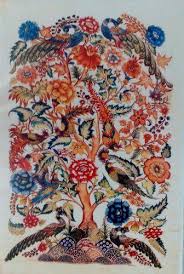
- 5. Kalamkari:
Literally meaning ‘drawings with a pen’, Kalamkari is of two types in India: Machilipatnam, which originates from Machilipatnam in Andhra Pradesh and Srikalahasti, which originates from Chitoor in the same state. While the former refers to block-printed form of art, the latter is a free flowing art with a pen on fabric. Today, Kalamkari art is used on sarees and ethnic clothing, and depicts anything from flora and fauna to epics such as Mahabharata or Ramayana.

- 6. Tanjore
- From down South, Tanjore or Thanjavur paintings originated in 1600 AD, encouraged by the Nayakas of Thanjavur. You can recognise a Thanjavur painting by its use of gold foil, which glitters and lends the painting a surreal look. These panel paintings on wooden planks depict devotion to gods, goddesses and saints. It borrows its styles from Maratha and Deccani art, as well as European styles.
CHIT-CHAT ABOUT THIS AND THAT!!!
INDIAN ARTIST:SATISH GUJRAL
Exhibition of Satish Gujral’s own private collection by Gujral Foundation. The protean talent and vast oeuvre of artist Satish Gujral mirrors the trials and tribulations of a fledgling nation. Gujral began his career in 1947 with dramatic paintings named the ‘partition series’ that captured and symbolized the trauma of the subcontinent’s partition resulting in the creation of India and Pakistan. Crucially, memory as metaphor shadows his work, with characters appearing as leitmotifs across the many mediums he was to work with over the succeeding six decades: sketches to collages, abstract paintings to narrative depictions of the human condition. His work entered another epoch as he delved into sculpture in stone, metals and resin alongside elaborate forays into ceramics, a preferred material for his iconic murals across north India. This eventually led him to architecture, and his buildings have a distinct footprint derived from his quintessential style. In his working carrier of over 70 years Gujral is perhaps the only modern Indian artist to have dwelled into several diverse mediums and forged myraid paths. Today, his art has come full circle with newer works evocatively recalling earlier themes
